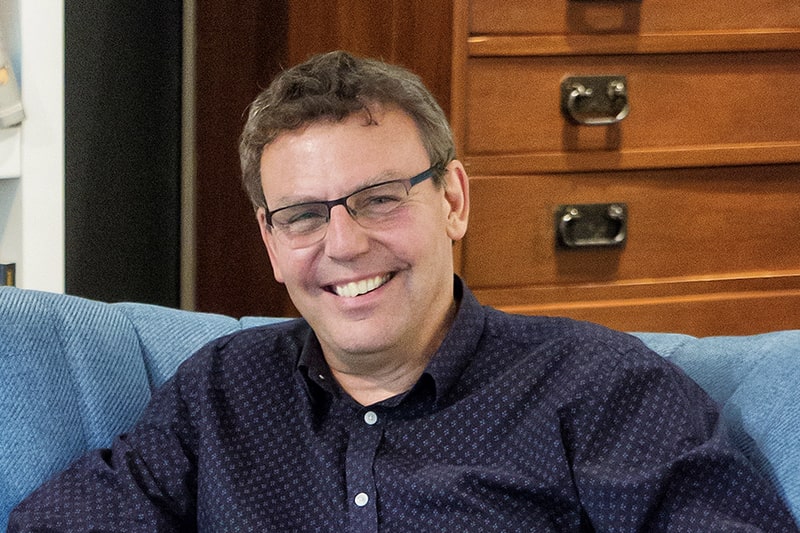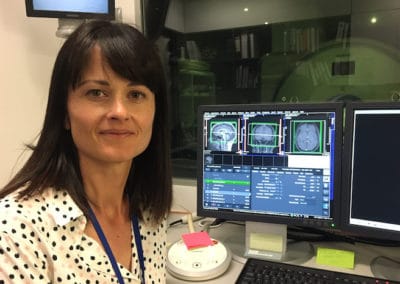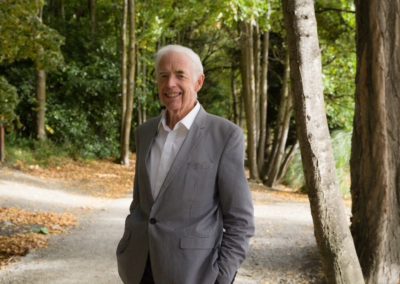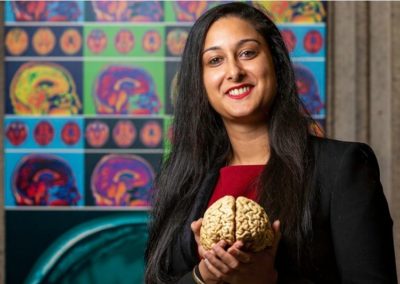This article was originally published by the BHRC [http://www.otago.ac.nz/bhrc/otago652708.pdf]
Sometimes, great research starts as an impossible dream. At least, that’s how John Reynolds’ Parkinson’s disease treatment project began.
Current methods of treating the disease, while effective for a short time, come with significant side-effects. John and his colleagues Brian Hyland and Jeff Wickens believed that those side-effects could be minimised if there was a way to release the necessary chemical, dopamine, in patterns similar to those found in unaffected brains. In theory it sounds simple to make the brain release dopamine the way it used to, however, the main issue in Parkinson’s disease is that the cells responsible for making that chemical die off. Dopamine doesn’t exist in the parkinsonian brain the way it did before, so you have to find a way of getting dopamine in from the outside.
The team dreamt of a device that could deliver dopamine directly to the brain, and release it in a natural pattern. And then John and his Otago colleagues set to building it. The project was, and still is, huge. They needed to work out how to get the dopamine-like neurochemicals to release at the right place and at the right time, and how to release it as naturally as possibly.
Those original projects, and the funding to test them, began in 2007 and quickly became a collaborative challenge spanning departments of Anatomy, Physiology, Chemistry and Pharmacy. The work turned into a series of puzzle piece projects which, once completed, will all slot together to prove that this novel treatment delivery system was more than just an optimistic theory. The work moved forward for seven years, slowly fitting itself together, but in 2014 John and his team found themselves treading water. All of the puzzle pieces were complete, but the funding bodies weren’t biting.
In an interview with Kathryn Ryan, on RadioNZ, John explained their situation. A couple of hours later he received a phone call from a charitable trust offering him the money to prove that the finished device would work. It was the last thing he had expected, but it saved their momentum and allowed the research to continue.
That donation gave them the time and resources to prove their product could be successful. So successful, in fact, that last year John and his Chemistry colleague Eng Tan were awarded a $4.8 million dollar grant by the Ministry of Business, Innovation and Employment’s Endeavour Fund to turn their device into a human ready product. It has been a long road, and the work is far from over, but thanks to the support of the government and the community this dream is getting closer to becoming a reality.
Watch John speak about Parkinson’s disease below.



